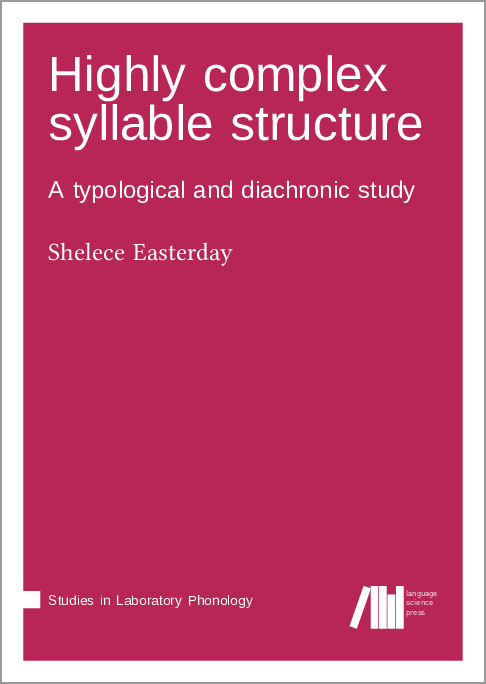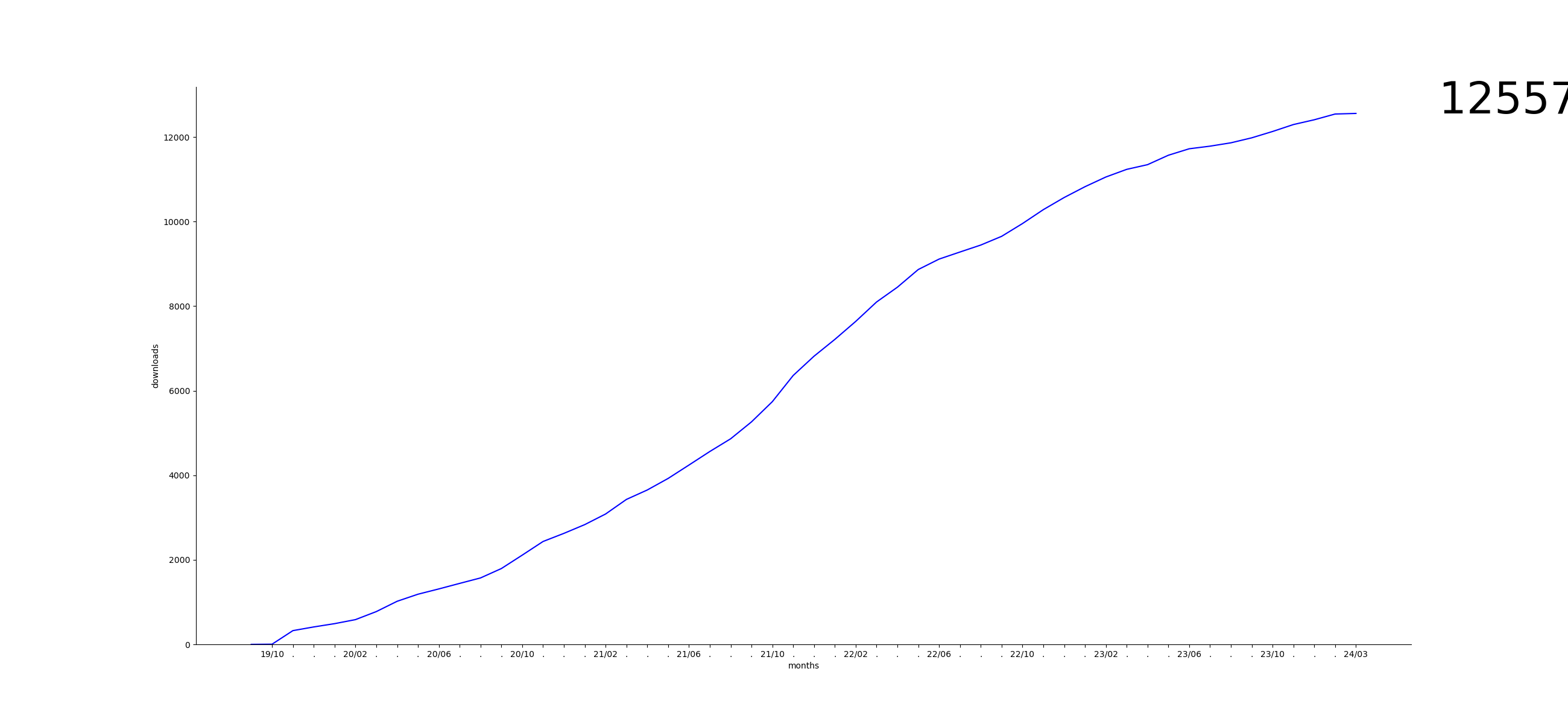We log anonymous usage statistics. Please read the privacy information for details.
Highly complex syllable structure: A typological and diachronic study
Synopsis
The syllable is a natural unit of organization in spoken language whose strongest cross-linguistic patterns are often explained in terms of a universal preference for the CV structure. Syllable patterns involving long sequences of consonants are both typologically rare and theoretically marginalized, with few approaches treating these as natural or unproblematic structures. This book is an investigation of the properties of languages with highly complex syllable patterns. The two aims are (i) to establish whether these languages share other linguistic features in common such that they constitute a distinct linguistic type, and (ii) to identify possible diachronic paths and natural mechanisms by which these patterns come about in the history of a language. These issues are investigated in a diversified sample of 100 languages, 25 of which have highly complex syllable patterns.
Languages with highly complex syllable structure are characterized by a number of phonetic, phonological, and morphological features which serve to set them apart from languages with simpler syllable patterns. These include specific segmental and suprasegmental properties, a higher prevalence of vowel reduction processes with extreme outcomes, and higher average morpheme/word ratios. The results suggest that highly complex syllable structure is a linguistic type distinct from but sharing some characteristics with other proposed holistic phonological types, including stress-timed and consonantal languages. The results point to word stress and specific patterns of gestural organization as playing important roles in the diachronic development of these patterns out of simpler syllable structures.
Reviews
-
Review in Linguistic Typology
by Natalia Kuznetsova
published December 18, 2020
[...] The task of reviewing the resulting volume is both pleasant and challenging: this open-access volume appears as a new landmark in typological studies on syllable structure and a sine qua non for future research in the field. [...]




